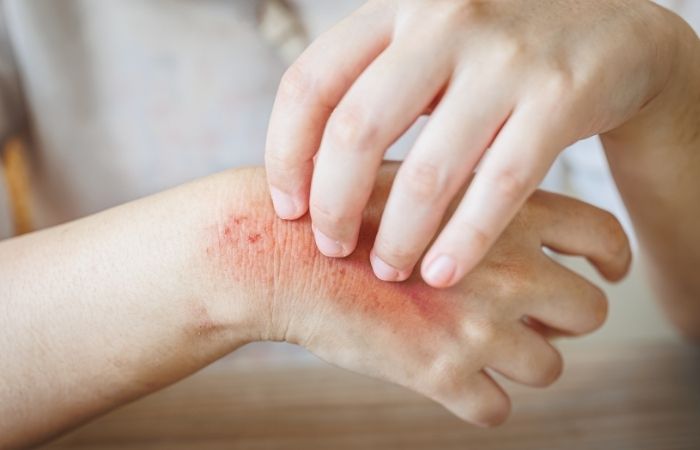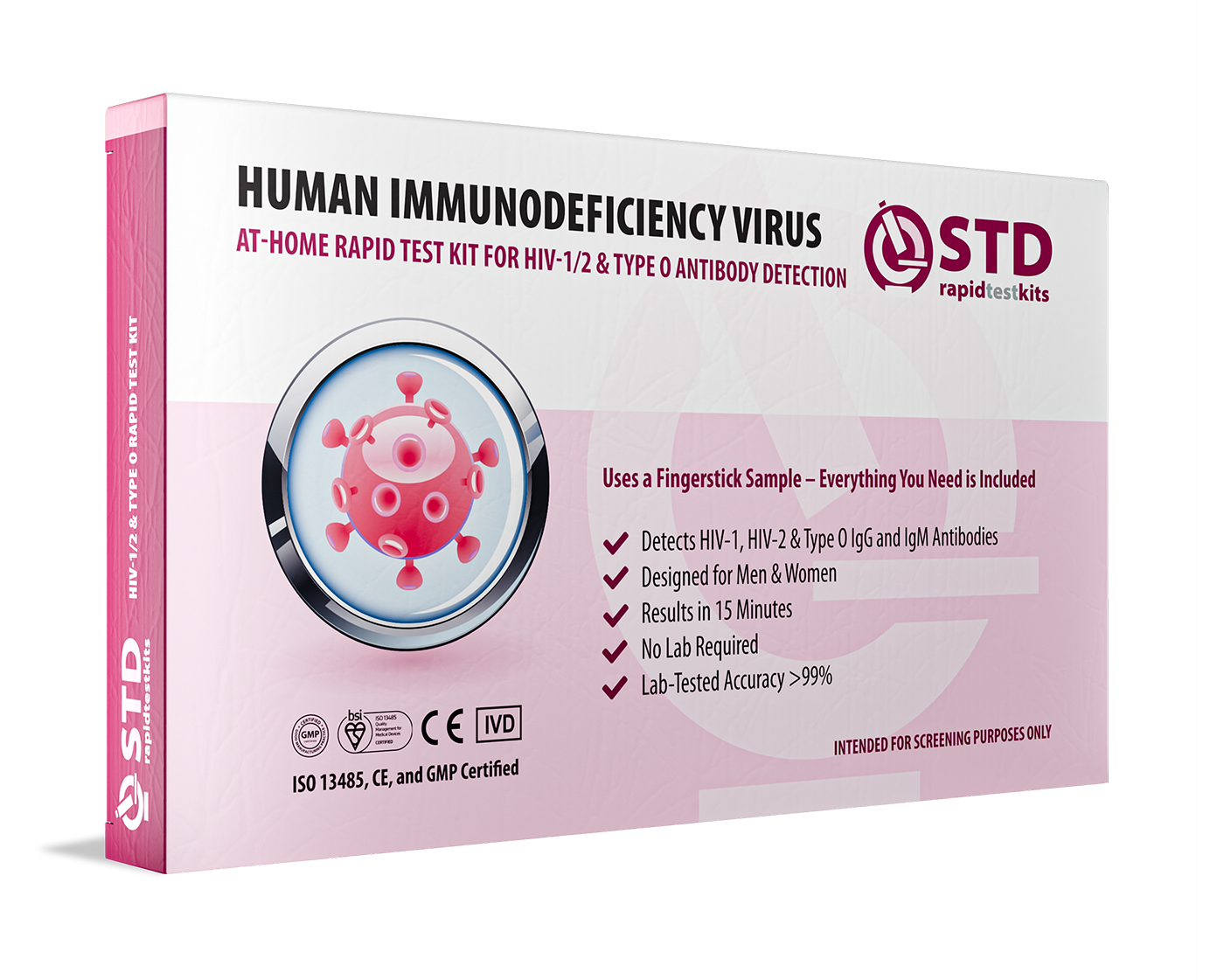Quick Answer: An HIV rash often appears as flat or slightly raised red spots, usually on the chest, back, or face. It may or may not itch and often occurs within 2–6 weeks after exposure. Get tested promptly to confirm.
When Your Skin Speaks: Understanding the HIV Rash
The rash linked to HIV isn’t just one type. In early infection, called acute or primary HIV, your immune system is in overdrive. For some, this creates a symmetrical, reddish, flat‑spotted rash across the torso, face, or neck. It may feel warm, a little itchy, or not bothersome at all.
In my clinic, I’ve had patients describe it like this:
“I woke up and thought it was a heat rash from my blanket. By the next day, it was on my chest and arms. That’s when I panicked and booked a test.” , Anonymous, 27
Some key facts about early HIV rashes:
- Timing: Usually 2–6 weeks after initial exposure (the same window as flu‑like symptoms).
- Look: Red or reddish‑brown flat spots or slightly raised bumps, often symmetrical.
- Location: Upper chest, back, face, or sometimes palms and soles.
- Itching: Can be itchy but often isn’t; itching alone is not a reliable clue.

People are also looking for: My Balls Hurt After Sex, Could It Be an STD?
Other Skin Clues Linked to HIV
You should also look for other skin changes besides an HIV rash. The virus can start or make some conditions worse:
- Drug reactions: Some antiretroviral therapies (ART) may make you break out in hives or make your skin red, especially at first.
- Opportunistic rashes: When the immune system gets weaker, conditions like eosinophilic folliculitis can show up as itchy bumps that look like acne.
- Other STDs: Herpes and syphilis can cause rashes or sores that look like HIV symptoms.
Skin sends messages. It won't tell you exactly what your diagnosis is, but it will let you know that something has changed. If you think you might have been exposed to HIV, a new rash is your body's way of telling you to get checked out.
Why HIV Can Show Up on Your Skin First
HIV is a virus that targets the immune system, but one of the first places your body “tells on itself” is the skin. Rashes happen because your immune system reacts to the virus, medications, or infections that take advantage of lowered defenses. Let’s break it down.
Causes of an HIV Rash
There are several main reasons an HIV rash can appear, and knowing which one you might be dealing with can guide the next steps for testing and treatment.
- Acute HIV infection: In the first 2–6 weeks after exposure, your immune system mounts a “battle response” to the virus. This often causes flu‑like symptoms, fever, fatigue, swollen glands, and a flat red rash, typically on the torso, face, or neck. CDC guidelines recognize this as a classic early sign.
- Medication reactions: Some people experience rashes after starting antiretroviral therapy (ART). This may range from mild hives to rare but serious reactions like Stevens‑Johnson syndrome. Most rashes improve after the body adjusts or medication is changed.
- Opportunistic infections: If HIV has been present for a while and immune defenses are lower, certain infections or conditions can trigger other skin issues.
“I thought I was allergic to my detergent. But when my rash spread to my shoulders and I had night sweats, I finally went in for a test. It came back positive.” , Mark, 32
HIV Rash vs. Other Rashes
Skin is tricky. A rash alone doesn’t confirm HIV, but patterns can help distinguish it from more common causes like heat, allergies, or other STDs:
- Heat rash: Usually itchy, small, and clustered in sweaty areas like armpits or waistline.
- Allergic rash: Can appear suddenly, usually very itchy, and may include hives.
- HIV rash: Often flat red spots or patches, symmetrical, sometimes paired with flu‑like symptoms or swollen glands.
- Other STDs: Syphilis causes a rash on palms and soles; Herpes usually causes blisters rather than flat spots.
If you’re unsure and you’ve had a possible exposure, the only way to know for sure is testing. Remember: a rash is a signal, not a sentence.
Check Your STD Status in Minutes
Test at Home with RemediumHIV Rapid Test Kit

 For Men & Women
For Men & Women Results in Minutes
Results in Minutes No Lab Needed
No Lab Needed Private & Discreet
Private & DiscreetOrder Now $33.99 $49.00
How to Care for an HIV Rash and Stay Healthy
Seeing a rash in the mirror can make you panic, but the truth is that an HIV rash is just a sign of the disease, not the disease itself. The best way to "treat" the rash is to first make sure it is related to HIV and then deal with the cause.
The First Steps
It doesn't matter if your rash is mildly itchy or feels like the worst itch in your life, if you suspect you might have an HIV rash, these are the steps you should follow:
- Take the test right away: If you might have been exposed to HIV, the first thing you should do is get tested. Finding out early makes a big difference for your health and peace of mind.
- Take pictures of the rash: Take pictures with dates on them. When doctors are trying to figure out what's wrong, they love visual timelines.
- Keep an eye on symptoms: Pay attention to fevers, swollen lymph nodes, night sweats, or new sores; these patterns are important.
"I finally got a picture of the rash. The clinic knew exactly what tests to run when they saw it along with my sore throat and fever." Sophia, 25
Choices for Medical Treatment
Once you have been diagnosed, treatment focuses on two main things: taking care of the HIV itself and calming your skin.
- Antiretroviral Therapy (ART): Starting or changing ART is the most important thing you can do to control HIV and stop rashes from opportunistic infections from happening again.
- Topical relief: Mild hydrocortisone creams or antihistamines can help with redness and itch. If you don't know why you're using steroids, don't do it without help.
- Managing drug reactions: If your rash started after you started taking new HIV medication, your doctor may change or switch your regimen to avoid serious reactions.
If the rash is caused by a fungal, viral, or bacterial infection, you may need to use targeted treatments like antivirals for herpes or antibiotics for syphilis.
Tips for Self-Care and Skin Comfort
Your skin still needs some TLC, even though medical care is treating the problem at its source:
- Cool compresses: Calm irritation and lower inflammation in a natural way.
- Gentle cleansers: Don't use harsh soaps or scrubs until the rash goes away.
Drink water and keep your skin moist. Your immune system works best when you take care of it from the inside out. Wear loose clothes to keep from rubbing against the rash and sweating, which can make it worse.
Keep in mind that scratching won't help and could make things worse by breaking the skin. You don't want to "tough it out," you want to be comfortable and heal.
When to Go to the Doctor Right Away
If you see any of the following, call a doctor right away:
- Rash that spreads quickly or forms blisters
- Fever over 101°F and sweating at night
- Swelling of the tongue, lips, or trouble breathing (sign of a serious allergic reaction)
- A rash with new sores, especially in the mouth or genitals
If you get help early, you can avoid problems and get the peace of mind you need.

People are also looking for: The 24-Hour Window: How Fast Can You Catch Something?
Living With the Emotional Side of an HIV Rash
A rash doesn’t just appear on your skin, it shows up in your head and heart, too. Many people describe the emotional toll as worse than the itch. Fear, shame, and the “what if?” loop can keep you up at night.
“I stared at the spots in the mirror and couldn’t stop imagining my life collapsing. It felt like everyone would know, just by looking at me.” , Anonymous, 29
Here’s what I remind my patients:
- Most rashes are not HIV: Allergies, heat, and even stress can cause skin flare-ups.
- You are not dirty or broken: HIV is a virus, not a moral judgment. Your body is communicating, not betraying you.
- Testing is empowerment: Whether it’s negative or positive, knowing your status puts the control back in your hands.
Mental health matters. Talk to someone you trust, and don’t self-isolate while you wait for answers.
Preventing HIV and Protecting Your Skin
The best way to avoid getting an HIV rash is to not get HIV in the first place or to take good care of yourself if you already have it. Your immune system's health affects your skin's health.
- Use condoms and dental dams, and talk openly about sex to lower your risk and stress.
- Think about PrEP: If you're HIV-negative but at high risk, pre-exposure prophylaxis (PrEP) lowers your chances of getting the virus by a huge amount.
- Start ART as soon as you can. If you have HIV, early antiretroviral therapy keeps the virus from spreading, strengthens your immune system, and makes rashes less likely.
- Watch for reactions to medications: If you get a rash after starting new meds, don't ignore it; most reactions can be handled if they are caught early.
Your skin is often the first to let you know. Don't treat it like a decision; treat it like a notification and respond with care, testing, and follow-up.
FAQs
1. How does an HIV rash look?
It usually looks like flat or slightly raised red spots that are often the same on the chest, back, face, or arms. It might or might not itch.
2. When does a rash from HIV show up?
Most of the time, acute HIV rashes show up 2–6 weeks after being exposed to the virus. They are often accompanied by fever, tiredness, or a sore throat.
3. Does a rash from HIV itch?
Sometimes, but not all the time. Not being itchy doesn't mean it isn't there.
4. Where do HIV rashes usually show up?
The torso, neck, upper arms, and face are all common places. Sometimes the palms and soles are affected in later or co-infections.
5. How long does a rash from HIV last?
Usually lasts 1 to 2 weeks if it's due to an acute infection, but the length of time depends on the cause and the treatment.
6. Is it possible for an HIV rash to go away on its own?
Yes, but the virus stays in the body. The rash going away doesn't mean the infection is gone.
7. What do you do to treat an HIV rash?
The cause determines the treatment. Antiretroviral therapy (ART) is used to treat early HIV, and topical or oral medications can help with mild rashes.
8. Is an HIV rash harmful?
The rash itself isn't usually dangerous, but it means that the immune system is working. If you have a bad rash with blisters or swelling, you need to see a doctor right away.
9. How can I tell the difference between an HIV rash and an allergy?
Allergies usually make you very itchy and show up after you come into contact with a trigger. HIV rashes are usually symmetrical, don't itch as much, and come with other symptoms that affect the whole body.
10. If you think you have an HIV rash, what should you do?
Get a test right away. Early diagnosis means that treatment can start right away and problems can be avoided. Think about getting a combo test kit for home use that gives you private results.
You Deserve Answers, Not Assumptions
Pay attention to your skin, but don't freak out. A rash is a sign, not a sentence. Testing takes the fear out of the unknown and gives you the confidence to move forward.
A test is the first step toward getting clarity, whether it's a bump, a patch, or a question mark in your head. Get your at-home HIV test kit today and take charge of your health on your own terms.
Sources
CDC: HIV and STD Treatment Guidelines
Verywell Health: HIV Rash Overview
Medical News Today: HIV Rash Causes and Timeline
NIH HIV Info: Stages of HIV Infection
PMC: HIV-Related Skin Disease Review
The Well Project: HIV Symptoms
Wikipedia: Eosinophilic Folliculitis
Allure: HIV Medications and Skin Changes










